10 CPUs that changed computing
The electronic engines that turbocharged tech
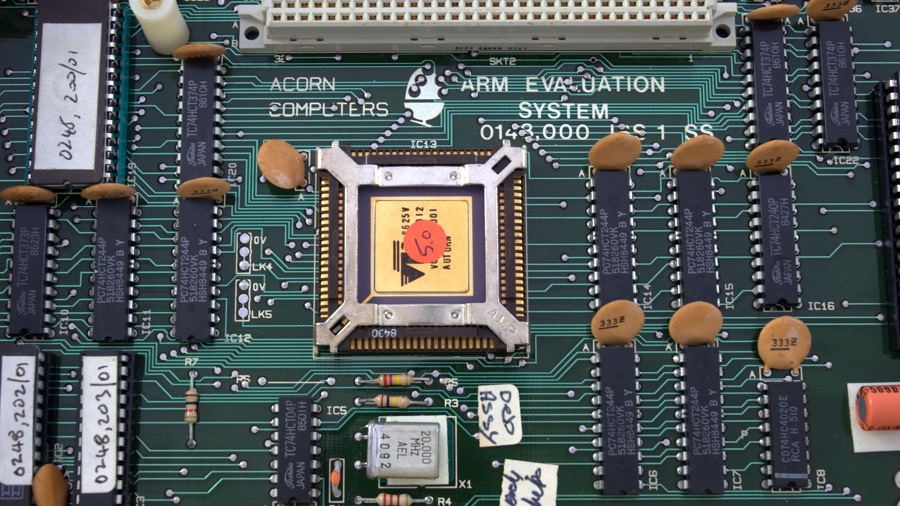
Introduction
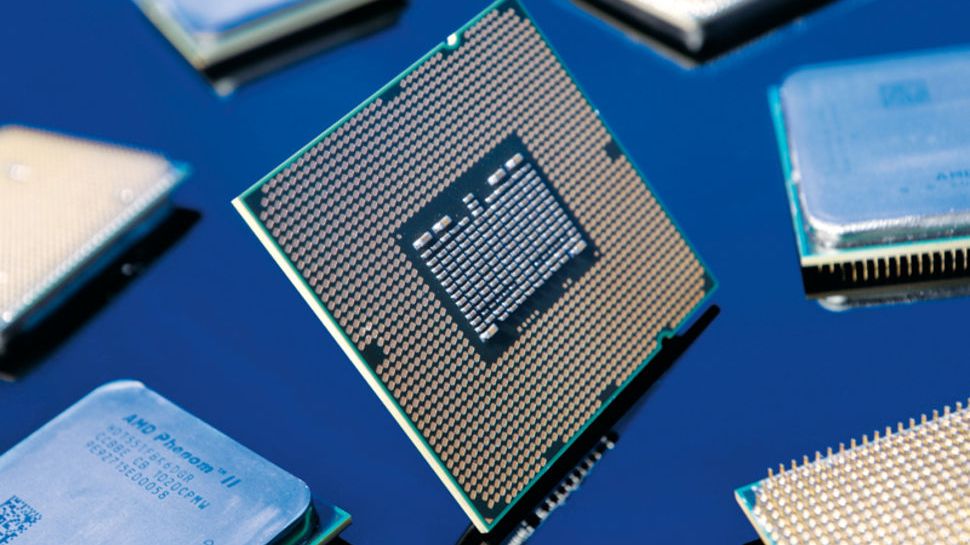
Processors have come a very long way in a very short time. CPUs have moved from 4-bit to 8-bit to 64-bit processing, and are gaining ever more cores on a single piece of silicon. They have become smaller, more efficient and more powerful than the earliest processor designers could ever imagine.
Whether it's the System on a Chip in your smartphone or the Kaby Lake in your next PC, modern CPUs are astonishing feats of engineering – and each one of them stands on the shoulders of giants. Come with us as we discover 10 CPUs that changed computing.
This article is part of TechRadar's Silicon Week. The world inside of our machines is changing more rapidly than ever, so we're looking to explore everything CPUs, GPUs and all other forms of the most precious metal in computing.
- Check out the current 10 top processors from AMD and Intel
1. Intel 4004
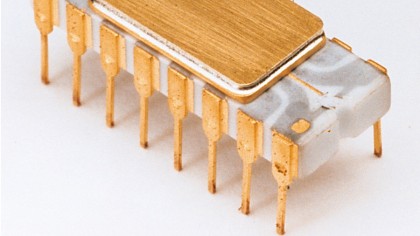
The 1971 Intel 4004 was designed for calculators, not computers, but the 4-bit 4004 was the first commercially available CPU. Intel had been commissioned by the Busicom calculator firm to make Busicom's own design of chipset, but Intel decided that it was far too complicated and used too many pins.
The result was the 4004, which appeared in the first commercial product ever to use a microprocessor: the Busicom 141-PF calculator. Sadly the story that the 4004 also powered the Pioneer 10 space project is just a myth.
2. Intel 8080
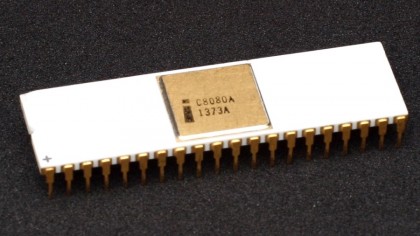
The 4-bit 4004 was followed by the 8-bit 8008, but 1974's 8080 was the next great leap forward – it was the target for CP/M, the first standard personal computer operating system, and it powered early PCs such as the Altair 8800.
That was a game changer, because previously microprocessors had been designed for very specific machines such as calculators and tills. Now, those processors could be the heart of multi-purpose computers. The 8080 was a huge hit and widely copied.
Are you a pro? Subscribe to our newsletter
Sign up to the TechRadar Pro newsletter to get all the top news, opinion, features and guidance your business needs to succeed!
3. Intel 8086
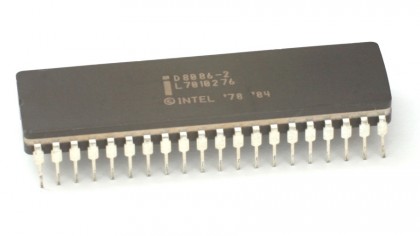
If you're reading this on a PC or a Mac, this is your processor's granddad or grandmother. The 1978 Intel 8086 was the processor for the original IBM PC and widely imitated IBM PC XT, and it introduced the 8086 architecture that Intel would use as the basis for all its x86 processors. It appeared in the Xerox NoteTaker, one of the earliest portable PCs, the popular IBM PS/2, the Wang Professional Computer and many other PCs. 8086 processors also powered NASA's ground maintenance equipment for the space shuttle.
4. MOS 6502
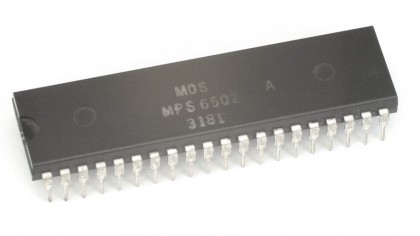
You might not recognise the name, and it wasn't really anything special in the technological stakes – but you've almost certainly used the 6502. By effectively offering everything the Motorola 6800 processor could do at a much lower cost, MOS Technology's 1975 processor was used in the Apple I and II, Atari 2600, Nintendo's NES, the Commodore PET and many more.
If you're in the UK and of a certain vintage, you'll have been taught computing on the BBC Micro that the 6502 sat inside – and if you're a film fan you might recognise it as the processor that supposedly powered Arnold Schwarzenegger's original Terminator and Futurama's Bender.
The 6502 is still being used today, and not just in ancient or fictional machines: the 6502 processor family is believed to be in hundreds of millions of industrial monitoring and control machines.
5. Zilog Z80
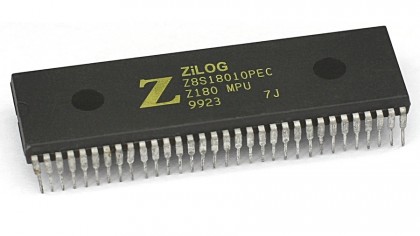
Here's another gaming-related hit – the Z80 was based on the Intel 8080, but sold better because it did more for less money. It powered lots of different PCs, but the best known was probably the TRS-80 in the US and the Amstrad CPC/PCW, Sinclair ZX80, ZX81 and ZX Spectrum in the UK. Less famously the Z80 sat inside synthesisers and military hardware, coin-op arcade cabinets and telecoms equipment. From the late seventies to the mid-eighties it became the most commonly used CPU of all time.
6. Motorola 68000
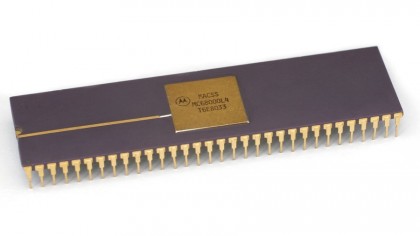
In 1979, the Motorola 68000 was state of the art: it was the fastest processor available, and it's still in use today. This CPU was the heart of the original Apple Macintosh as well as the Atari ST and Commodore Amiga, and like the Zilog Z80 it also turned up in consoles and coin-op machines. Today its role is similar to the MOS 6502, with the 68000 series architecture embedded in industrial devices and scientific instruments.
7. AMD Opteron 240
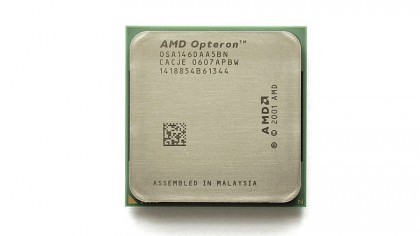
The 2003 Opteron is significant because AMD managed what Intel was struggling with, namely the move to 64-bit processing. Designed for servers and workstations, the Opteron 240 could run 32-bit applications without speed penalties, while also executing 64-bit apps. In comparison, Intel's Itanium's performance suffered badly in 32-bit operations. The Opteron's architecture, x86-64, is now the standard for 64-bit processors.
8. AIM PowerPC 601
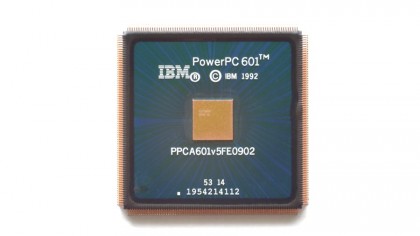
In Macs, the successor to Motorola's 68000 was the PowerPC 601. The PowerPC was the result of a collaboration between Apple, IBM and Motorola, who felt that Microsoft and Intel were a little too powerful in the computer market. The PowerPC processor also turned up in the Xbox 360 and Nintendo Wii. Apple's love affair with the processors officially lasted until 2005, when Apple announced that hell had frozen over – it was moving future Macs from PowerPC to Intel processors.
9. Pentium 4
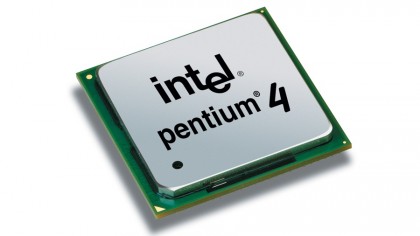
Single-core x86 processors ran out of road in 2005 with the Pentium 4, the power consumption levels of which had rocketed. While overclockers managed to ramp up the final Pentium 4s to clock speeds beyond 8GHz – albeit with the help of liquid nitrogen cooling – the future would be in the more efficient multi-core processing pioneered by the 2001 IBM POWER4 and used to great effect in the AMD Athlon 64 X2 and Intel's Core range.
10. ARM7
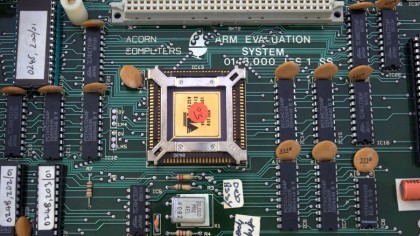
Acorn Computers created the Acorn RISC Machine project in the 1980s, spawning the Acorn Archimedes computer, and that in turn led to the creation of Advanced RISC Machines Ltd, or ARM for short.
Today we know ARM as the designer and licensor of the world's favourite processors, which appear in 95% of smartphones as well as in smart TVs, tablets and all kinds of portable devices. 1994's ARM7 processor family was the design that really took off – it became the world's most widely used 32-bit embedded processor family, with more than 10 billion units shipped to date.
Writer, broadcaster, musician and kitchen gadget obsessive Carrie Marshall has been writing about tech since 1998, contributing sage advice and odd opinions to all kinds of magazines and websites as well as writing more than a dozen books. Her memoir, Carrie Kills A Man, is on sale now and her next book, about pop music, is out in 2025. She is the singer in Glaswegian rock band Unquiet Mind.
